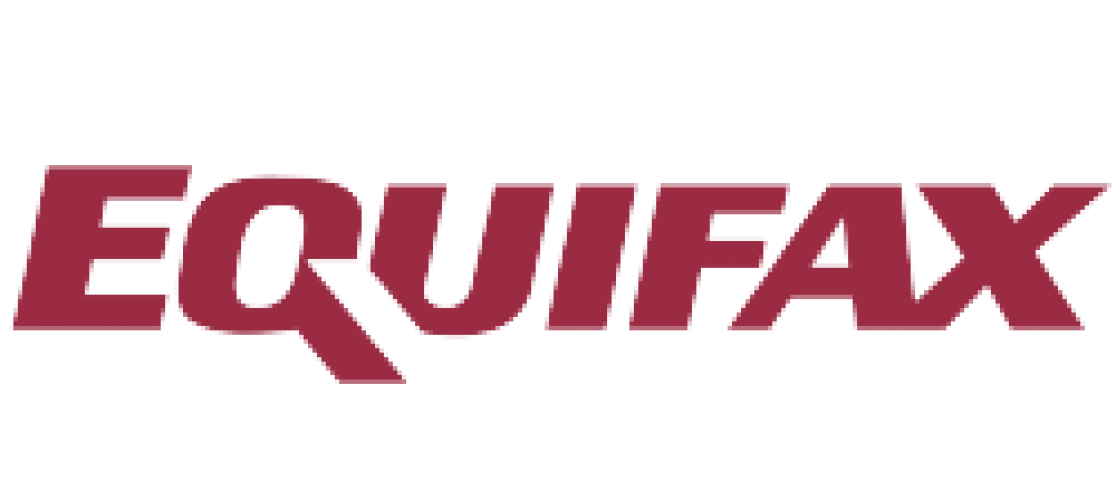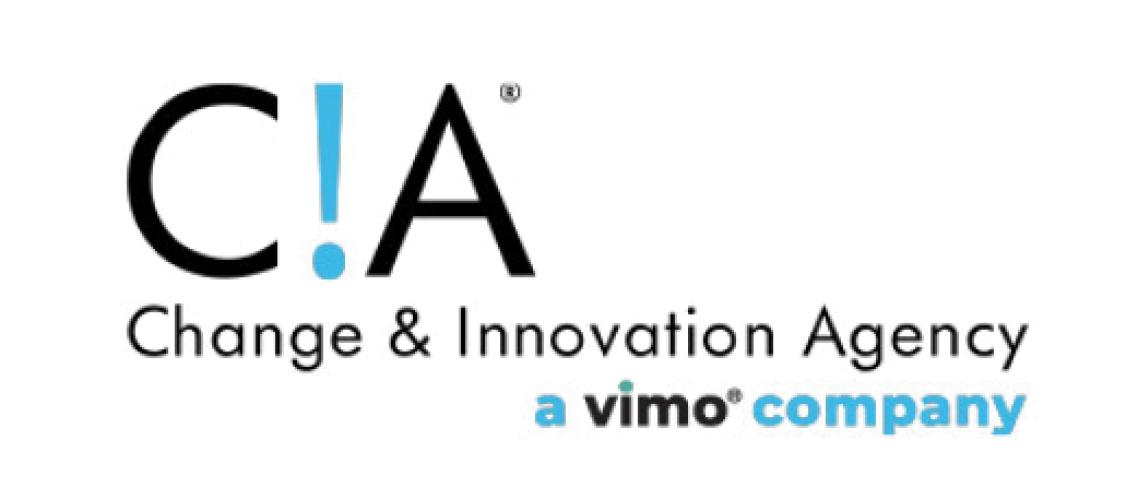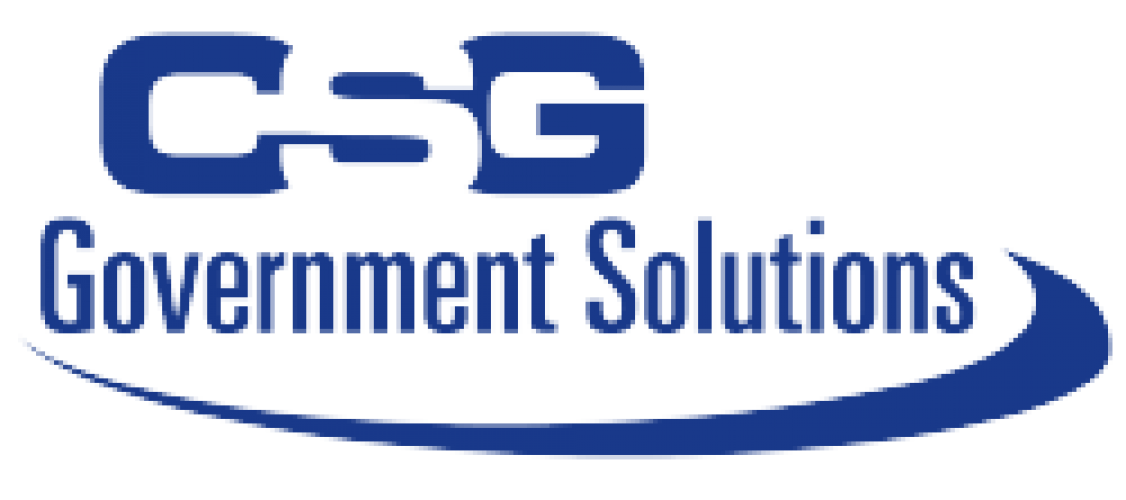NASWA Bulletin - February 13, 2015
In This Issue:
- NASWA Sends WIOA Implementation Recommendations to the Secretary of Labor
- Nation's Workforce Leaders to Convene in Washington for NASWA Winter Meeting
- Unemployment Insurance Initial Claims Increase and Continued Claims Decrease
- GAO Report: OPM and Agencies Need to Strengthen Efforts to Identify and Close Mission-Critical Skills Gaps
- DOL Report Highlights Jobs for Veterans State Grant Program, American Job Centers
- Rewrite of 'No Child Left Behind' Legislation Approved in House Markup
- Job Openings at 14-Year High as Hiring Returns to Pre-Recession Levels
- Notices, Advisories and Reports
NASWA Sends WIOA Implementation Recommendations to the Secretary of Labor
On February 10, after consultation and input with NASWA Members, Executive Director, Scott Sanders, submitted recommendations to Secretary of Labor Thomas Perez, on issues associated with the timely implementation of the Workforce Innovation and Opportunity Act (WIOA), the majority of which becomes effective on July 1, 2015.
Since enactment of WIOA in July 2014, NASWA has consulted with states through surveys, meetings, workgroups, conference calls, and other means, to learn the most pressing implementation challenges associated with the new law. Through this four-month process, NASWA has identified the most pressing concerns affecting states and developed recommendations on how the U.S. Department of Labor (USDOL) can best assist states with implementation.
The recommendations covered the following areas: Eligible Training Provider List, Information Systems, One Stop Infrastructure Funding, One-Stop Procurement, Performance Accountability, Redirection of Youth Grant, Transition and Ongoing Funding for Statewide Activities, and Unemployment Insurance. NASWA realizes these issues—and the related recommendations—are not inclusive of all issues states have in regards to implementation of WIOA.
The table in the PDF version lists the issues in alphabetical order, summarizes the new requirements in WIOA as well as the NASWA recommendation. Please click here for the letter sent to Secretary Perez describing the major implementation issues and NASWA recommendations and click here for the detailed recommendations of the WIOA performance accountability provisions developed by a workgroup of NASWA’s Employment and Training Committee.
Nation's Workforce Leaders to Convene in Washington for NASWA Winter Meeting
The nation’s leaders responsible for heading State Workforce Agencies will gather in Washington, D.C., February 19-20, for the National Association of State Workforce Agencies’ (NASWA) Winter Policy Forum. The meeting will provide a forum for states to share best practices and innovative strategies in meeting some of the nation’s most pressing workforce and unemployment challenges. United States Secretary of Labor Thomas E. Perez is scheduled to address over 160 workforce professionals representing 43 states.
“NASWA’s Winter Policy Forum will be a key opportunity to focus on the implementation of the Workforce Innovation and Opportunity Act (WIOA), the first major overhaul of the public workforce system in more than 15 years,” said Ellen Golombek, NASWA President and Executive Director of the Colorado Department of Labor and Employment. “WIOA will help job seekers and workers access employment, education, training and support services and will match employers with skilled workers they need to compete in the global economy. This meeting will be critical to sharing best practices and ideas so that all states are ready to implement the new law on July 1, 2015,” Golombek said.
“This meeting provides State Workforce Administrators and their staff with the chance to discuss federal workforce programs, unemployment insurance, adult education, vocational rehabilitation, veterans, and other important programs administered by our agencies,” said Curt Eysink, NASWA’s President-Elect and Executive Director, Louisiana Workforce Commission. “The workforce system serves between 25 to 30 million Americans in any single year and NASWA’s Winter Policy Forum is a chance to learn from other states on ways to improve and enhance the service and delivery of our programs.”
The intent of the 2015 Winter Policy Forum is for states to gain a better understanding of WIOA and be better equipped to coordinate a structured analysis to accomplish the following activities:
- Assess state and local readiness to implement WIOA;
- Identify and track potential barriers or challenges to state and local WIOA implementation;
- Inform U.S. Department of Labor (USDOL) of any potential technical assistance and training needs by the state and workforce system partners to successfully implement WIOA; and
- Prepare to respond to the Notice of Proposed Rules.
Most of the sessions will focus on WIOA implementation and how this new law brings together, in strategic coordination, the core Federal programs that invest in skill development, including:
- Employment and training services for adults, dislocated workers, and youth and Wagner-Peyser employment services administered by the USDOL through formula grants to states;
- Adult education and literacy programs;
- Vocational Rehabilitation state grant programs that assist individuals with disabilities;
- Flexibility to include other key partners such as the Temporary Assistance for Needy Families (TANF) and the career and technical educational programs.
Integration and work between the state and federal partners will be critical to the success of WIOA. These sessions feature the top leadership from the U.S. Departments of Labor; Health and Human Services; and Education. The alignment of these three Departments and their state counterparts are critical so states can better support job seekers and employers to create a demand-driven system. Other sessions will feature state administrators sharing successful examples of partnerships with their state counterparts to develop promising practices on issues such as the long-term unemployed, out-of-school and disconnected youth, and successful statewide planning processes for WIOA implementation.
Prior to the conference, the NASWA Board of Directors will meet to discuss the Association’s regular business including its legislative and regulatory priorities for the 114th Congress.
Unemployment Insurance Initial Claims Increase and Continued Claims Decrease
The U.S. Department of Labor reported for the week ending February 7, 2015, seasonally adjusted unemployment insurance initial claims increased from the previous week's revised figure.
Seasonally adjusted initial claims increased by 25,000 to 304,000 from last week's revised figure of 279,000. The 4-week moving average was 289,750, a decrease of 3,250 from the previous week's revised average of 293,000. The unadjusted initial claims level totaled 323,672 up 17,061 from the previous week, and down 36,666 from the level of 360,338 for a comparable week in 2014.
UI continued claims, seasonally adjusted, for the week ending January 31, 2015, were 2,354,000 down 51,000 from the previous week's revised figure. The 4-week moving average decreased 18,500 to 2,404,000 from the prior week's revised figure of 2,422,500.
The total number of individuals claiming benefits in all programs for the week ending January 24, 2015, was 2,884,119, an increase of 44,284 from the prior week. Regular state continued claims increased by 40,776, and EB decreased by 2. During the week of January 24, 2015, continued claims for ex-federal employees stood at 17,741 up 762 from the prior week, and for newly discharged veterans, 24,735 up 783 from the prior week.
The continued reduction in initial, and continued, claims from the highs of the Great Recession are shown in the chart below. The decreases in these key workload variables will continue to affect the amount of UI administrative funding that states earn and receive.
GAO Report: OPM and Agencies Need to Strengthen Efforts to Identify and Close Mission-Critical Skills Gaps
Mission-critical skills gaps both within federal agencies and across the federal workforce pose a high risk to the nation because they impede the government from cost-effectively serving the public and achieving results. The Government Accountability Office (GAO), in a January, 2015 Report, reviewed progress the Office of Personnel Management (OPM) has made in closing government-wide skills gaps, achieving its cross-agency priority goal, and additional steps needed to better identify and address skills gaps. GAO compiled their findings in a comprehensive report, which assesses (1) lessons learned from initial efforts to close critical skills gaps and how they can inform future initiatives, (2) what progress OPM has made in building a predictive capacity to identify future mission-critical skills gaps, and (3) how OPM and agencies are using HRstat to identify and close skills gaps.
DOL Report Highlights Jobs for Veterans State Grant Program, American Job Centers
A new report from the US Department of Labor’s Chief Evaluation Office analyzes employment outcomes for veterans who participate in the Jobs for Veterans State Grant Program (JVSG), which also funds many of the key services available at American Job Centers. There are nearly 2,500 American Job Centers across the United States, and this report highlights how veterans who visit American Job Centers receive priority of service, work one-on-one with specialists to improve resumes, learn tips on networking and interviewing, connect with training, and find a job. A video promoting American Job Centers can be found here.
The Chief Evaluation Office’s report is the first study of its kind to compare veterans who qualify for JVSG services to non-veterans and veterans served by other workforce system programs. It analyzes data from over 28 million customers, including two million veterans, collected over more than two years, while controlling for demographic differences among these populations. The results of this analysis suggest that after these JVSG-served veterans exit the program, they have the highest entered employment rates, the highest employment retention rates, and the highest average earnings. The report also found that JVSG veterans experience smaller gender wage gaps. The strong connections between our support for veterans’ employment and our workforce development infrastructure are vital to helping our veterans successfully find meaningful civilian jobs. This report provides justification, based on rigorous analysis, for confidence in a multifaceted and integrated approach to our workforce system.
Rewrite of 'No Child Left Behind' Legislation Approved in House Markup
On Wednesday, the House Education and the Workforce Committee voted 21-16 to approve a bill (H.R. 5) that would significantly lessen the role of the federal government in elementary and secondary education. Specifically, the bill would allow states to set their own accountability standards and interventions in struggling schools, to convert large sections of education funding into block grants, and further allows for Title 1 funding for low-income students. The committee rejected more than a dozen Minority amendments throughout the daylong markup and adopted a handful of amendments from the Majority, including one that would require states and schools to report on the academic performance of students whose parents are in the military. It is expected the bill will be considered for a vote by the entire House of Representatives the last week of February.
Job Openings at 14-Year High as Hiring Returns to Pre-Recession Levels
For the first time since January 2001, the U.S. had more than five million job openings at the end of December, a sign of a labor environment shifting in favor of workers. December was also the best month for hiring since before the recession more than seven years ago. More than 5.1 million people were hired in December, the most since November 2007, according to the Labor Department‘s Job Openings and Labor Turnover Survey, known as JOLTS.
The Labor Department’s Employment Situation Report, released on February 6, showed that November, December and January comprised the best three-month stretch of hiring since 1997, indicating the U.S economy will start delivering stronger wage growth for more workers. The Labor Department’s main jobs report shows the net change in jobs — a gain of 257,000 in January — but the JOLTS report digs one level deeper, cataloging the millions of workers each month who quit a job or are laid off, retire, start a new job or switch jobs.
Notices, Advisories and Reports
USDOL Directives & Releases
February 5, 2015: The Employment and Training Administration (ETA), U.S. Department of Labor, announced the Notice of Availability of Funds and Funding Opportunity Announcement for the Linking to Employment Activities Pre-release Specialized American Job Centers (AJCs). The purpose of this program is to provide locally incarcerated offenders with employability skills by providing them workforce services prior to release from local incarceration and linking them to a continuum of employment, training, education, and support services offered through their community-based AJCs post-release, as well as building connections to local employers that will enable transitioning offenders to secure employment pre-release.
February 9, 2015: ETA released Training and Employment Guidance Letter No. 18-14 to issue the revised Federal poverty guidelines for the Senior Community Service Employment Program (SCSEP).
February 11, 2015: ETA released Training and Employment Guidance Letter No. 19-13, Change 1 to expand and clarify the definition of significant barriers to employment (SBE) provided in Section 5 of Training and Employment Guidance Letter (TEGL) 19-13, released on April 10, 2014.
For questions or comments, please contact NASWA Bulletin Editor Marc Katz at mkatz@naswa.org.

































